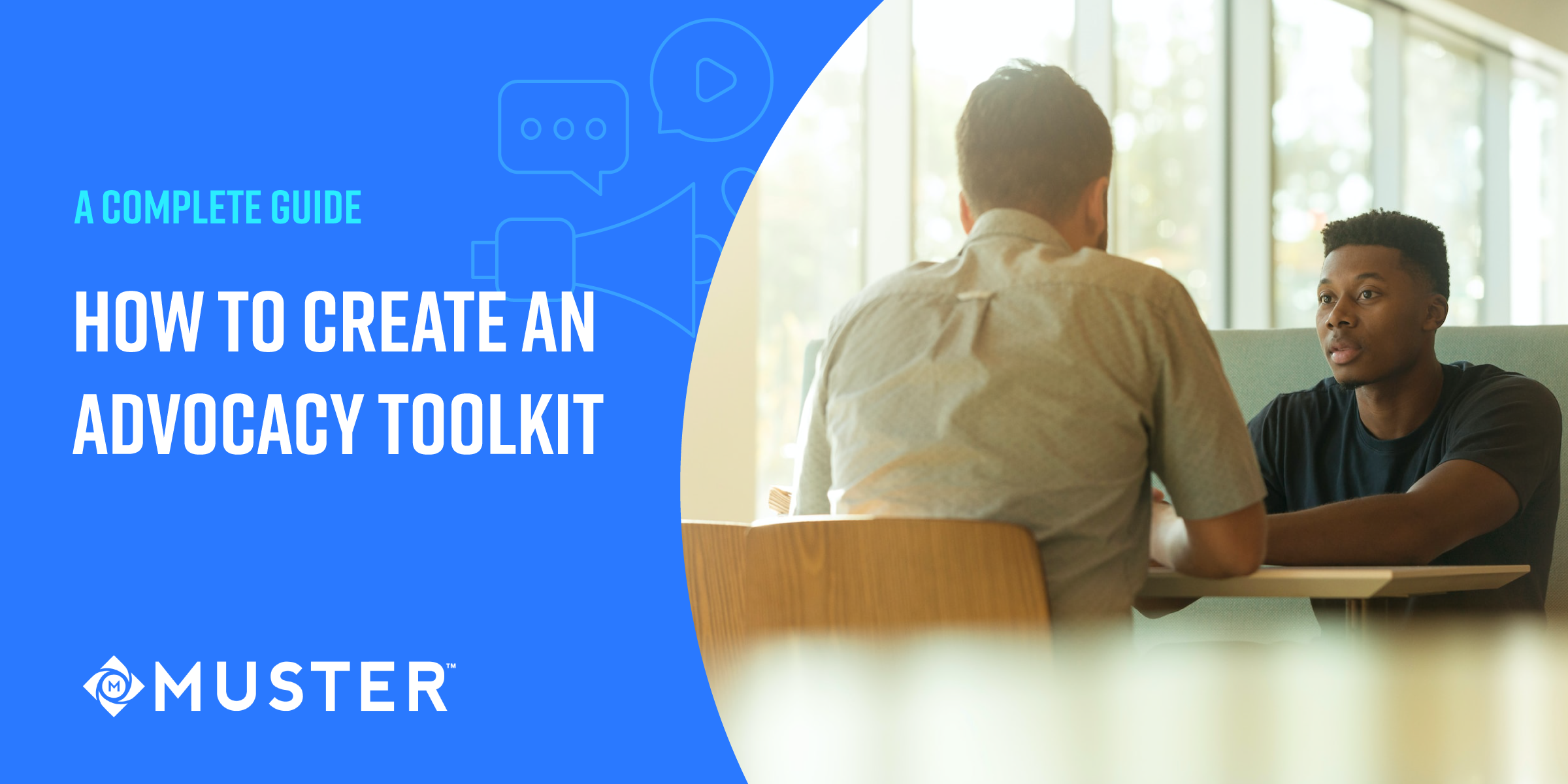
Introduction
Advocacy toolkits are essential for any organization or individual seeking to make a positive impact on a particular issue. These toolkits can help you raise awareness, mobilize support, and influence policymakers. However, creating an advocacy toolkit can take time and effort, especially if you are still determining what to include. In this blog post, we will discuss what an advocacy toolkit is, why it is important, and what should be included in one.
What is an Advocacy Toolkit?
An advocacy toolkit is a collection of resources and materials that are used to inform, educate, and engage stakeholders in advocating for a specific issue or cause. An advocacy toolkit aims to provide stakeholders with the necessary information and tools to take action and make their voices heard. The toolkit can include a variety of materials such as fact sheets, infographics, sample letters, social media graphics, and templates for op-eds or press releases.
Why is an Advocacy Toolkit Important?
An advocacy toolkit is essential for several reasons. Firstly, it provides stakeholders with the necessary information and resources to advocate for an issue effectively. Secondly, it ensures that all stakeholders are on the same page and use consistent messaging and tactics. This can help avoid confusion and ensure that the advocacy efforts are focused and effective. Lastly, an advocacy toolkit can be a valuable resource for policymakers, journalists, and other stakeholders who may be interested in learning more about the issue.
What Should be Included in an Advocacy Toolkit?
Several key components should be included in an advocacy toolkit, including:
1. Background Information
Your advocacy toolkit should provide background information on your advocacy and lobbying work, including key issues, statistics, research, and other relevant information. This can help stakeholders better understand the issues and empower their advocacy efforts. It's also a great way to showcase your organization's work.
Examples of educational content to include in your advocacy toolkit
- Mission Statement: Clear and concise statement of your nonprofit's mission.
- Advocacy Objectives: Specific goals you aim to achieve through advocacy efforts.
- Advocacy 101: Basics of advocacy, including definitions and strategies.
- Lobbying Guidelines: Legal and effective ways to lobby for your cause.
- Communication Tips: How to effectively communicate with policymakers and the public.
- Webinars and Workshops: Recorded or live sessions on advocacy techniques.
- Tutorial Videos: Step-by-step guides on various advocacy activities.
Providing downloadable resources that are regularly updated is a great way to surface information for advocates. Any advocacy-related video content like webinars,
2. Messaging and Talking Points
The toolkit should include messaging and talking points that stakeholders can use when communicating about the issue. This can help ensure that all stakeholders use consistent messaging and tactics, which can increase the effectiveness of the advocacy efforts.
Examples of messaging and talking points you can include in your advocacy toolkit:
- Fact Sheets: Concise documents with key facts and figures.
- Templates and Scripts: Sample letters, emails, and phone scripts for contacting representatives.
- Social Media Toolkit: Suggested posts, hashtags, and graphics for spreading the word online.
- Leave Behinds: Impact reports or other documents that are created specifically for in-person meetings between advocates and elected officials.
Need help writing a templated advocacy letter? Check out our blog on how to write an impactful letter to an elected official.
3. Action Items
The toolkit should provide clear and actionable steps for stakeholders to advocate for the issue. This can include sample letters, petitions, social media graphics, and other resources that stakeholders can use to make their voices heard.
Providing direct, actionable steps like:
- Call to Actions: Specific actions supporters can take (e.g., signing petitions, attending rallies).
- Event Calendar: Upcoming events, meetings, and advocacy opportunities.
- Contact Information: How to find and contact local representatives and policymakers.
It's vital that the toolkit includes a way for advocates to connect with elected officials. Advocacy software like Muster makes this process incredibly easy by connecting advocates with elected officials and queueing up a message for them to send.
4. Evaluation and Feedback
Creating a feedback loop is key to optimizing your advocacy toolkit and better understanding your advocates. Feedback will let you know how your advocates are interacting with the toolkit. What kind of content do they find useful? Are advocates following through and taking action? What could be easier or more accessible?
Here are some ways to gain feedback and optimize from your advocates:
- Impact Assessment Tools: How to measure the effectiveness of advocacy efforts.
- Feedback Forms: Ways for supporters to provide feedback and share their advocacy experiences.
- Continuous Improvement: Create a process for incrementally updating and improving your advocacy strategies.
Discover how you can transform your toolkit into a hub for advocacy action. Request a demo of Muster.
Conclusion
Creating an advocacy toolkit can be daunting, but it is essential for any organization or individual seeking to make a positive impact on a particular issue. By including key components such as background information, messaging and talking points, action items, and contact information, you can ensure that your advocacy efforts are focused, effective, and impactful. With the right tools and resources at your disposal, you can make a real difference in the world.